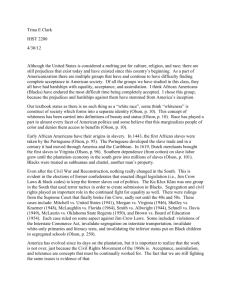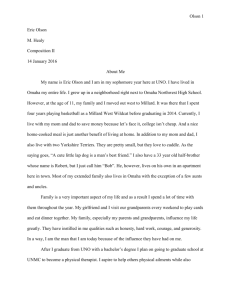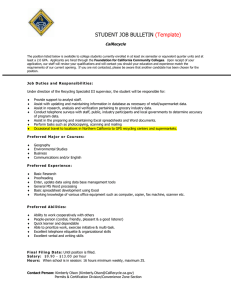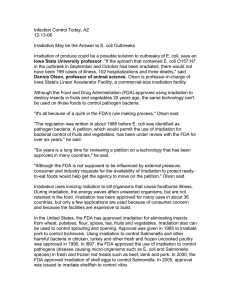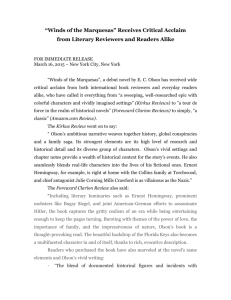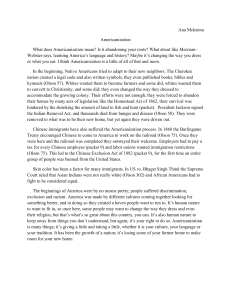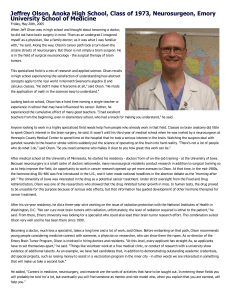Brownfield, MO 12-19-06 Irradiation could eliminate consumers' e. coli concerns
advertisement
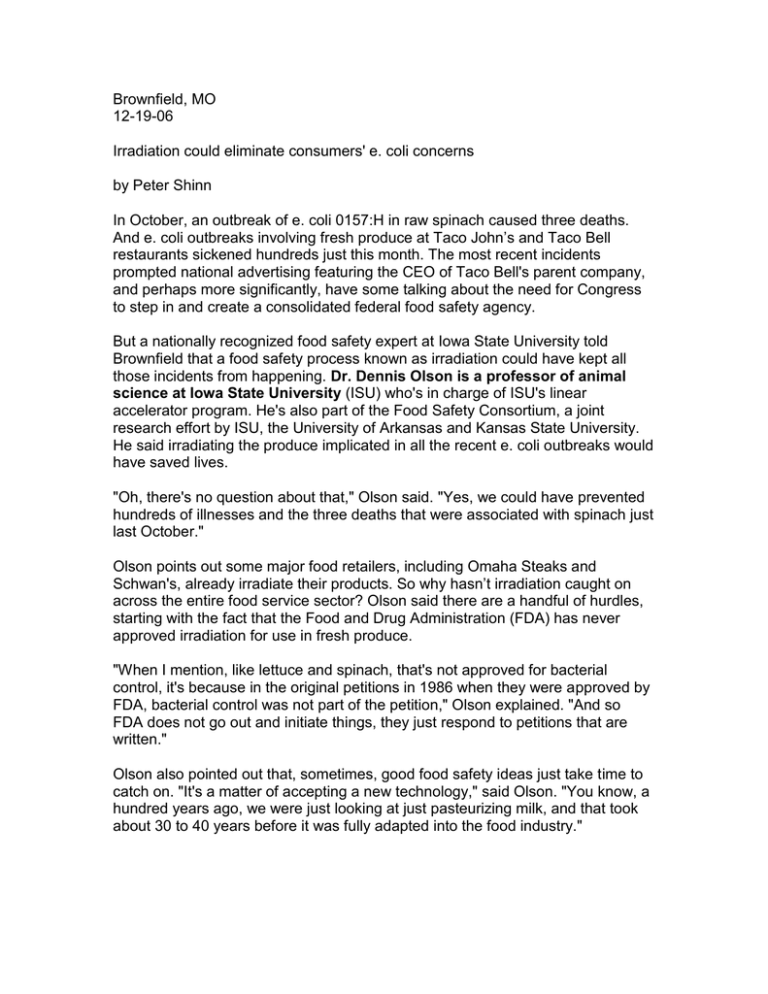
Brownfield, MO 12-19-06 Irradiation could eliminate consumers' e. coli concerns by Peter Shinn In October, an outbreak of e. coli 0157:H in raw spinach caused three deaths. And e. coli outbreaks involving fresh produce at Taco John’s and Taco Bell restaurants sickened hundreds just this month. The most recent incidents prompted national advertising featuring the CEO of Taco Bell's parent company, and perhaps more significantly, have some talking about the need for Congress to step in and create a consolidated federal food safety agency. But a nationally recognized food safety expert at Iowa State University told Brownfield that a food safety process known as irradiation could have kept all those incidents from happening. Dr. Dennis Olson is a professor of animal science at Iowa State University (ISU) who's in charge of ISU's linear accelerator program. He's also part of the Food Safety Consortium, a joint research effort by ISU, the University of Arkansas and Kansas State University. He said irradiating the produce implicated in all the recent e. coli outbreaks would have saved lives. "Oh, there's no question about that," Olson said. "Yes, we could have prevented hundreds of illnesses and the three deaths that were associated with spinach just last October." Olson points out some major food retailers, including Omaha Steaks and Schwan's, already irradiate their products. So why hasn’t irradiation caught on across the entire food service sector? Olson said there are a handful of hurdles, starting with the fact that the Food and Drug Administration (FDA) has never approved irradiation for use in fresh produce. "When I mention, like lettuce and spinach, that's not approved for bacterial control, it's because in the original petitions in 1986 when they were approved by FDA, bacterial control was not part of the petition," Olson explained. "And so FDA does not go out and initiate things, they just respond to petitions that are written." Olson also pointed out that, sometimes, good food safety ideas just take time to catch on. "It's a matter of accepting a new technology," said Olson. "You know, a hundred years ago, we were just looking at just pasteurizing milk, and that took about 30 to 40 years before it was fully adapted into the food industry." Olson said cost isn't a significant issue in limiting the adoption of irradiation to control e. coli. For beef, Olson estimated the cost of irradiation at two to 10 cents a pound. He said it would be even less costly for produce. "Actually, fresh produce would be a little bit less expensive than, say, irradiating ground beef, because you don't need as high a dose to kill e. coli in those products," Olson said. And Olson said the recent e. coli-related food safety problems would likely spur more widespread adoption of irradiation. "As we have these incidences occur is where companies start looking at how to resolve these issues and irradiation is an obvious one, and so it's a technology that's very powerful, but unfortunately, it takes catastrophes for it to move forward," Olson opined. "And I'm thinking that with the lettuce and spinach issues that we've had recently, that we'll have more companies that are actually looking at the technology."
